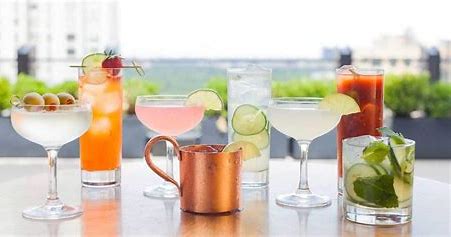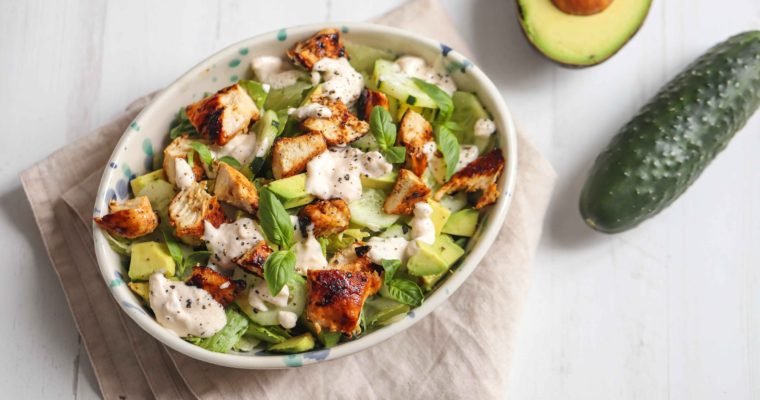Alcoholic drinks are high in calories and drinking alcohol will add to the overall calories we consume each day through the food we eat. Consuming extra calories through drinking can lead to weight gain. But by cutting back on the amount we drink can significantly help to reduce our calorie intake and help us maintain a healthy weight.
How to Calculate it all up
Percentage Alcohol from Quantity Consumed x Energy Yield (Kcal)
Example: 1
Wine 750ml with 12% Alcohol
12% of 750 = 90
90 x 7 = 630 kcal
How to Calculate it all up
Percentage Alcohol from Quantity Consumed x Energy Yield (Kcal)
Example 2:
140ml with 12% Alcohol
12% of 140ml = 16.8
16.8 x 7 = 118kcal
It’s no secret that alcohol, whether it’s a pint of beer, a glass of wine or a dram of whisky, contains calories but has no nutritional value, hence the term ‘empty calories’ but are you aware of just how many calories your favourite tipple sets you back?
Currently there is no law in place requiring producers to publish calorie contents on alcohol, meaning the health implications of a trip to the pub or bottle of wine with dinner comes down to guesswork. This could be about to change, however, following the discovery of leaked government documents revealing that health chiefs want to force larger pub chains to disclose the calorie content on their beers, wines and spirits.
This comes after the Commission on Alcohol Harm highlighted in a report on calorie counts for alcohol that people who drink regularly get nearly 10 per cent of their daily calorie intake from alcohol, contributing to the ongoing obesity crisis.
Though it can be difficult to find out the exact calorific content of your favourite stout, it is possible to take an educated guess. The calorie content of alcoholic drinks is largely dependent on sugar/carbohydrate content and alcohol percentage. Alcohol has more sway as it contains more calories per gram than sugar (7g compared to 4g). So you may be surprised to hear that spirits, classically thought of as a more calorie-conscious choice than beer or cider, might contain equal or larger numbers of calories than lower-alcohol drinks. When in doubt, opt for the drink with a lower ABV (alcohol by volume).
It’s not just about the drink itself, either. The food we eat while drinking (or, of course, after a night of drinking) tends to be higher in fat and sugar, contributing to higher cholesterol, higher blood pressure, high blood sugar levels and weight gain.
Though cutting down on the number of alcoholic drinks you have throughout the week is the most effective way to control the number of ‘empty calories’ you consume, it helps to have an idea of which drinks are particularly high in calories, and which you can easily switch to a lower calorie option.
Here are the rough calorie contents to some of our favourites to help inform your choice next time you raise a glass.
Beer and cider
The calorie content of beer ranges depending on the type; Drinkaware estimates the average pint of beer (ABV 4%) contains 182 calories. A pint of higher-ABV beer such as ale or stout, however, can set you back 250 calories or more – the same as a Mars Bar.
Cider, due to the higher sugar content, is slightly higher in calories than beer, with an average of 215 calories in a 4.5% ABV pint.
Wine
Both red and white wine have similar nutritional profiles, despite popular belief that red wine is more calorific than white. A 175ml glass of wine (ABV 13%) contains around 160 calories – slightly fewer than a bag of Walkers Ready Salted crisps – with a large measurement (250ml) containing roughly 225 calories. A 175ml glass of wine with an ABV of 12%, by comparison, contains around 133 calories.
If you want to watch your calorie intake but still enjoy a glass, look for lower ABV wines, of which there is a growing number by quality producers.
Sparkling wine
Champagne, prosecco and other sparkling wines are slightly lower in calories than red or white wine. A 125ml glass of champagne contains around 89 calories, while prosecco contains around 86; the equivalent of a chocolate digestive biscuit.
Spirits
Again, the calorie content of spirits differs based on the alcohol and sugar content. A single shot (25ml) of rum contains 61 calories, while a shot of cream liqueur contains around 80, and a shot of gin around 97.
One of the most calorific spirits is, surprisingly, vodka, which contains, on average, 110 calories. This, of course, is due to the alcohol content of vodka, which can range from 40% upward; the strongest vodka available to purchase in the UK is Balkan 175, which has an ABV of 88%.
Cocktails
If you think spirits are bad, then cocktails are the mother of calorific drinks. Most cocktails consist of one or more spirits, plus juices, sugar syrups and flavourings, with some totting up totals higher than a pint of stout.
A simple martini, made from gin or vodka, vermouth and ice, contains anything up from 120 calories. But a pornstar martini, a popular cocktail made from vodka, passion fruit liqueur, sugar syrup and sparkling wine, contains roughly 225 calories per drink. Even higher is a long island iced tea, a concoction of vodka, tequila, light rum, triple sec, gin and a splash of cola, which can contain upward of 280 calories, or the rough equivalent of a McDonald’s cheeseburger.
To cut down on calories, keep your cocktail simple. The fewer alcoholic ingredients, the lower the calories (and the less severe your hangover).
Alcopops
A favourite among younger drinkers slurping on neon-coloured drinks on a night out, alcopops are both high in sugar and alcohol, making them a particularly high-calorie option. A 275ml bottle can contain anything between 170 calories and 230; a 330ml bottle of Smirnoff Ice contains roughly 228 calories, or two slices of buttered toast.





